Looking for workouts for weight machines? This guide is designed for beginners. You’ll learn how to use different machines, pick the right weights, and plan your routines. We also cover tips to avoid common mistakes for a safe and effective workout.
Key Takeaways
-
Weight machines are ideal for beginners, providing safety and guidance in proper movement patterns while targeting specific muscle groups.
-
Choosing the right weight is crucial; beginners should aim for 10-15 reps per set, ensuring the last two repetitions are challenging yet achievable.
-
A well-structured workout routine incorporating full-body exercises on weight machines, along with proper warm-up and cool-down techniques, enhances strength development and prevents injury.
Understanding Weight Machines

Weight machines are a game-changer for those new to the gym. They require fewer stabilizing muscles, making them safer for individuals lacking strength or balance. This controlled environment allows beginners to focus on the primary muscle groups being worked, ensuring proper form and reducing the risk of injury. Think of weight machines as your training wheels; they guide you through the correct movement patterns, helping you build a solid foundation.
Take the leg press machine, for example. It provides a safer alternative to squats by reducing lower back strain while effectively developing leg strength. Similarly, the lat pull-down machine strengthens the upper back and shoulders, which is essential for improving posture. These machines offer targeted muscle engagement, making them highly effective for beginners aiming to build strength and stability.
Moreover, machines like the chest press mimic traditional free weight exercises but with added ease of use. The chest press machine engages the pectoral muscles and is perfect for those new to the gym. By mastering these machines, you’ll build the confidence and strength needed to eventually incorporate free weights and more complex exercises into your routine.
Choosing the Right Weight
Selecting the appropriate weight is crucial for effective training and avoiding injury. For weight loss or general fitness, you should target 10 to 15 repetitions for each set. This range is effective for achieving your goals. The key is to choose a weight that challenges your muscles, ensuring that the last two reps are tough but achievable. This approach maximizes muscle engagement and promotes growth while minimizing the risk of strain.
Gradually increase the weight to ensure continuous progress. For upper body exercises, add 1-2 pounds, and for lower body exercises, add 2-5 pounds.
Using the RPE (Rate of Perceived Exertion) scale can help gauge how hard you’re working and ensure you’re training at the right intensity. Remember, the goal is to challenge your muscles effectively while maintaining proper form throughout your workouts.
Structuring Your Workout Routine

Creating a well-structured workout routine is essential for beginners. Start by scheduling workouts three times a week, allowing for rest days in between to ensure recovery. This approach prevents overtraining and gives your muscles time to repair and grow stronger. Begin with no or very light weights to master proper form before gradually increasing the load.
A balanced routine should incorporate exercises targeting both the upper and lower body, as well as the core. This ensures comprehensive muscle development and prevents imbalances. For general strength training, aim for 8 to 15 repetitions across 2 to 4 sets. Integrating various weight machines can enhance overall body strength and improve muscle balance.
Remember to rest for 30 seconds to 2 minutes between sets, depending on your training goals. Having a clear plan before entering the gym can significantly enhance your progress and effectiveness. Machines often target specific muscle groups, making them suitable for addressing individual weaknesses and building a strong foundation.
Full Body Workout Plan

A full-body workout plan is ideal for beginners as it targets multiple muscle groups, promoting balanced development and overall strength. This plan will guide you through using key gym machines to achieve a comprehensive body workout. Each exercise will be performed for three sets of 10-15 reps, with 60-90 seconds of rest between sets to maximize muscle engagement and recovery.
The following sections will provide detailed instructions on using specific machines such as the chest press machine, lat pull-down, leg press, shoulder press, bicep curl, leg curl, and resistance machines. These machines are carefully selected to ensure a well-rounded workout that addresses all major muscle groups.
Chest Press Machine
The chest press machine is a staple in any full-body workout plan. It targets the pectoral muscles, promoting upper body strength and stability. To set up, adjust the seat height to align with your chest level and grip the handles firmly. Push the handles forward until your arms are fully extended, then slowly return to the starting position.
Aim for 10-15 reps per set, with three sets in total. Rest for 60-90 seconds between sets to allow your muscles to recover. Using the chest press machine regularly can help you build a strong foundation for more advanced upper body exercises.
Lat Pull-Down
The lat pull-down machine is excellent for developing the latissimus dorsi and shoulder girdle. Using a wide grip emphasizes the outer lats, enhancing muscle definition. Sit down and adjust the thigh pad to secure your legs. Pull the bar down towards your chest, focusing on controlled motion and engaging your back muscles.
Perform 10-15 reps per set, completing three sets with 60-90 seconds of rest in between. Consistent use of the lat pull-down machine can significantly improve your upper body strength and posture.
Leg Press
The leg press machine is a powerful tool for building lower body strength. Adjust the seat so that your knees are at a right angle when your feet are on the platform. Position your feet flat on the platform, shoulder-width apart, with your heels slightly elevated to engage your glutes and hamstrings more effectively.
Push through your heels to extend your legs while maintaining controlled motion, avoiding locking your knees at the top. Aim for the last few reps per set, with a total of three sets and 60-90 seconds of rest between sets.
The leg press machine helps in developing strong quads, hamstrings, and glutes, essential for a balanced lower body workout.
Shoulder Press
The shoulder press machine is designed to target the deltoids and triceps, promoting upper body strength and muscle growth. Adjust the seat height so that the handles are at shoulder level and your feet are flat on the floor. Grip the handles firmly and push them upward until your arms are fully extended, then slowly lower them back down to shoulder level.
Perform 10-15 reps per set, completing three sets with 60-90 seconds of rest in between. Regular use of the shoulder press machine can enhance shoulder stability and overall upper body strength.
Bicep Curl
The bicep curl machine is perfect for isolating and targeting the biceps, ensuring proper form and muscle engagement. Sit down and adjust the machine so that your elbows are aligned with the pivot point. Grip the handles and curl them towards your shoulders, focusing on controlled movements.
Aim for 10-15 reps per set, with three sets in total and 60-90 seconds of rest between sets. This machine helps in building strong, defined biceps, which are crucial for various upper body exercises.
Leg Curl
The leg curl machine effectively targets the hamstrings, crucial for overall leg stability and power. Sit down and adjust the machine so your knees are aligned with the pivot point, ensuring that your back is pressed against the pad. Curl your legs towards your glutes, focusing on controlled motion.
Perform 10-15 reps per set, completing three sets with 60-90 seconds of rest in between. Regular use of the leg curl machine helps in building strong hamstrings, reducing the risk of knee injuries.
Warm-Up and Cool-Down

Warming up before a workout is essential to prepare your body for physical activity. It increases body temperature, enhances muscle elasticity, and improves oxygen usage, minimizing fatigue and reducing the risk of injuries. Incorporate dynamic stretching and light cardio as part of your warm-up routine to gradually elevate your heart rate and prepare your muscles for the upcoming workout. Spend around 10 minutes on your warm-up to ensure you’re fully prepared.
Cooling down after a workout is equally important. It helps in gradually lowering your heart rate, reducing muscle soreness, and promoting recovery. Incorporate static stretching and light movements to help your muscles relax and return to their resting state. Proper cool-down techniques enhance flexibility and prevent stiffness, ensuring you’re ready for your next workout session.
Tracking Progress and Adjusting Workouts

Tracking your progress is crucial for staying motivated and ensuring continuous improvement. Record details of each workout, including exercises performed, sets, reps, and weights. Testing your one-rep max (1RM) periodically can help gauge your strength training progress. If you notice that your weights or repetitions are not increasing for a couple of sessions, it might indicate a plateau.
Adjust your workouts if consistent progress is not observed. Implement planned de-load periods to prevent overtraining and optimize performance. Monitoring how you feel during workouts can also provide insights into necessary adjustments, ensuring you stay on track towards your fitness goals.
Common Mistakes to Avoid
Avoiding common mistakes can significantly enhance the effectiveness of your workouts and reduce the risk of injury. One major mistake is using weights that are too heavy, which can compromise form and increase injury risk. Always prioritize proper body alignment and controlled movements to maximize strength gains.
Another common mistake is neglecting the importance of proper positioning on machines like the chest press. Incorrect positioning can lead to ineffective workouts and potential injuries. Additionally, focusing solely on one muscle group can result in an unbalanced physique and health issues. Ensure your routine targets all major muscle groups for balanced development.
Lastly, failing to adjust the seat position and not checking instructions before using a weight machine can lead to improper form and diminished workout effectiveness. Take the time to familiarize yourself with each machine and make necessary adjustments to enhance your workout experience.
Summary
In summary, weight machines offer a safe and effective way for beginners to start their fitness journey. By understanding how to use these machines correctly, choosing the appropriate weight, and structuring a balanced workout routine, you can achieve significant strength gains and overall fitness improvements. Remember to warm up, cool down, and track your progress to stay motivated and ensure continuous growth. Embrace the process, and enjoy the journey towards a healthier, stronger you.
Frequently Asked Questions
How often should beginners use weight machines?
Beginners should use weight machines three times a week, ensuring there are rest days in between for optimal recovery. This balanced approach promotes muscle growth while minimizing the risk of injury.
How do I choose the right weight for my exercises?
To select the appropriate weight for your exercises, aim for a load that lets you perform 10-15 repetitions, ensuring that the last two reps are challenging yet still manageable. This approach will help you effectively build strength while maintaining proper form.
Should I warm up before using weight machines?
Warming up is crucial to prepare your muscles for activity and minimize the risk of injury when using weight machines. A proper warm-up enhances performance and promotes safety.
What is the benefit of using a chest press machine?
Using a chest press machine effectively targets the pectoral muscles, enhancing upper body strength while offering a stable and controlled environment that is especially beneficial for beginners.
How do I know if my workout routine is effective?
To determine if your workout routine is effective, track your progress by recording exercises, sets, reps, and weights. If you hit a plateau, consider adjusting your routine to continue making gains.





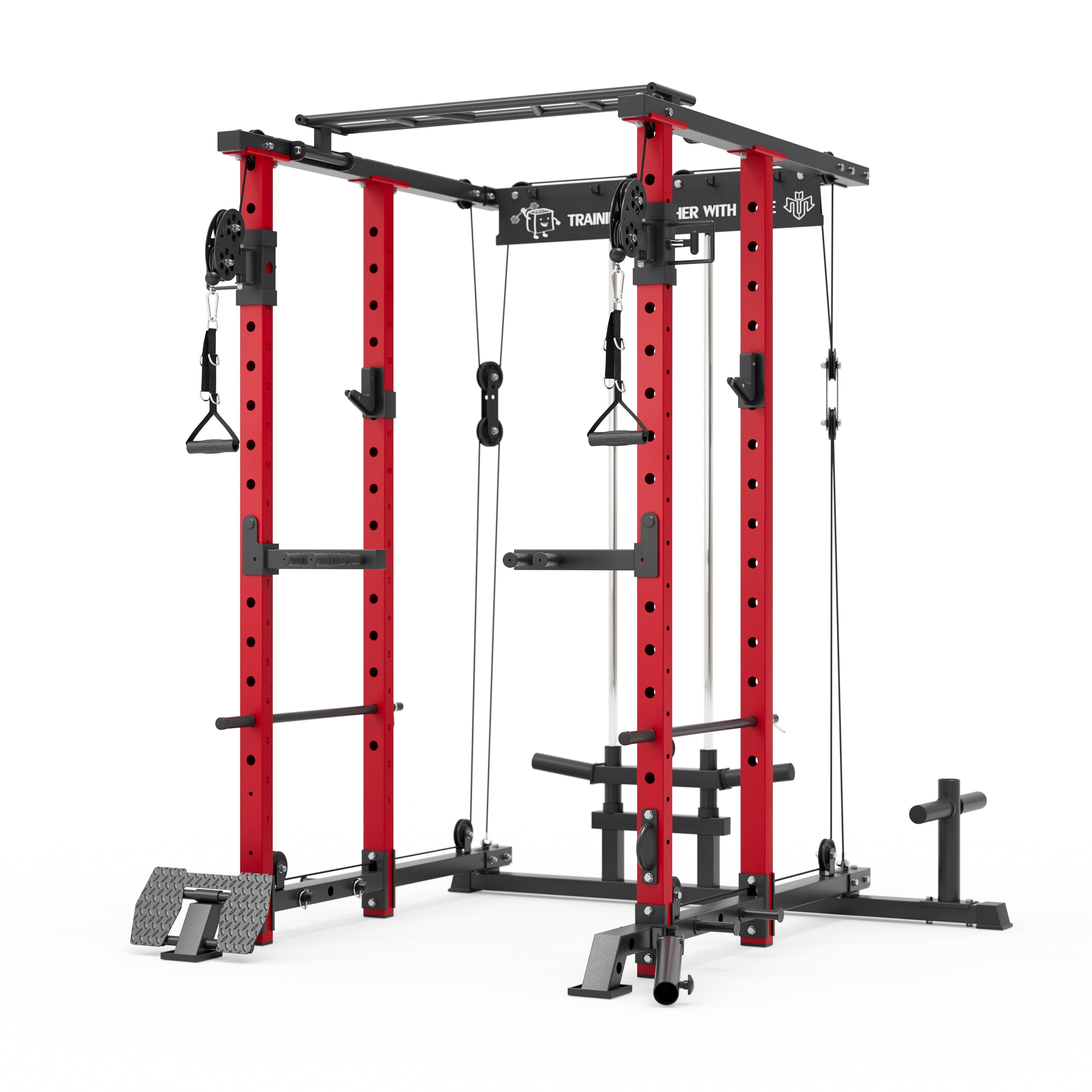
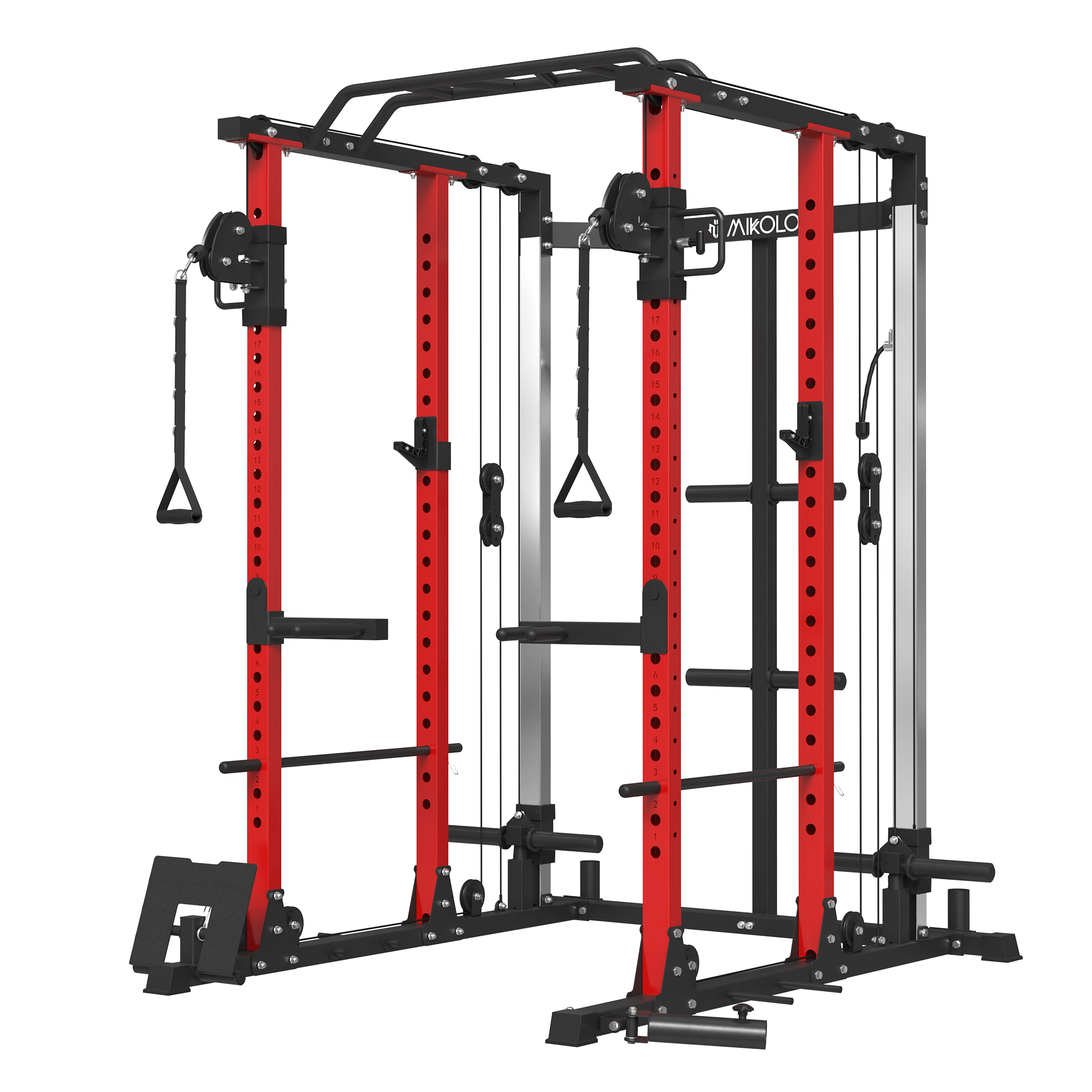

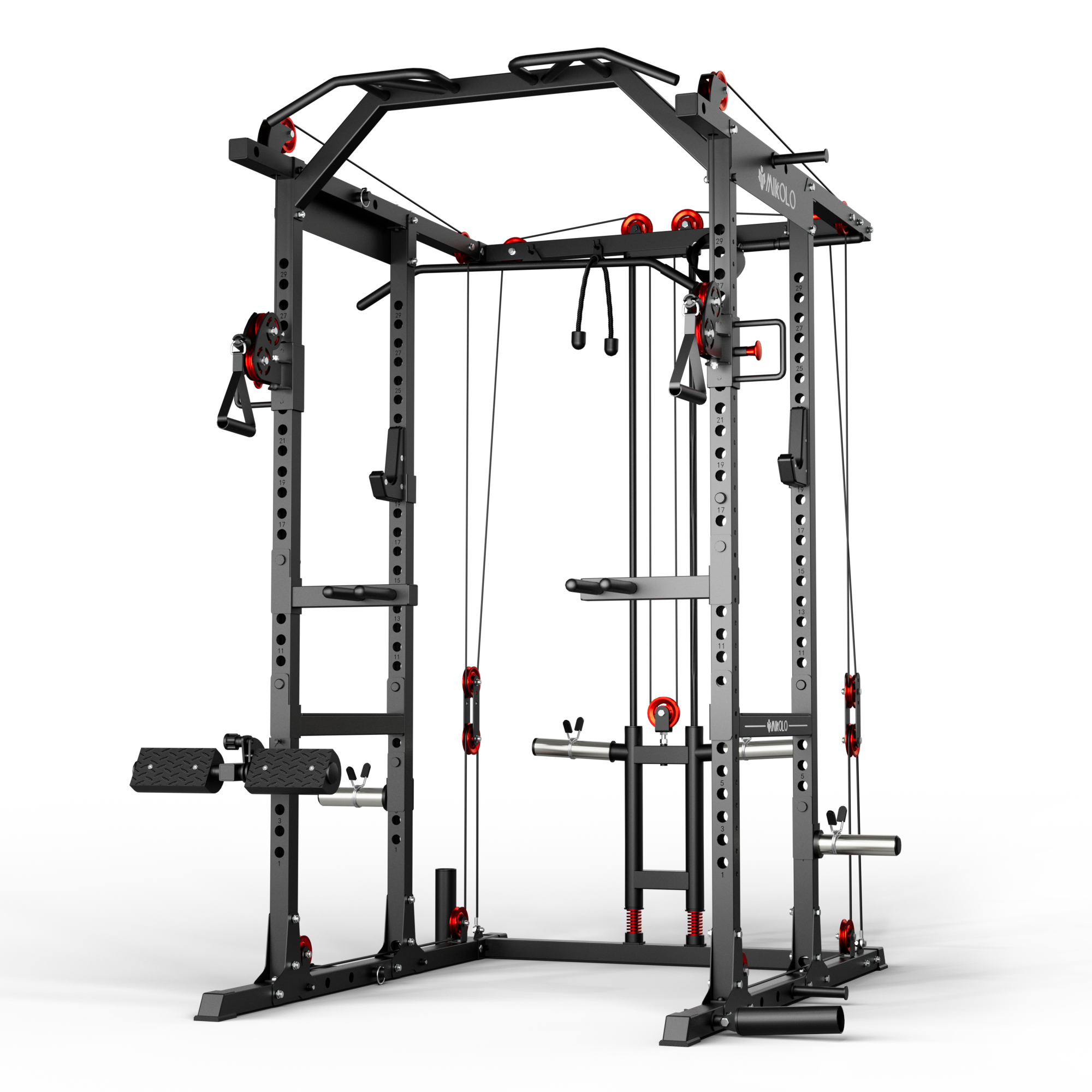
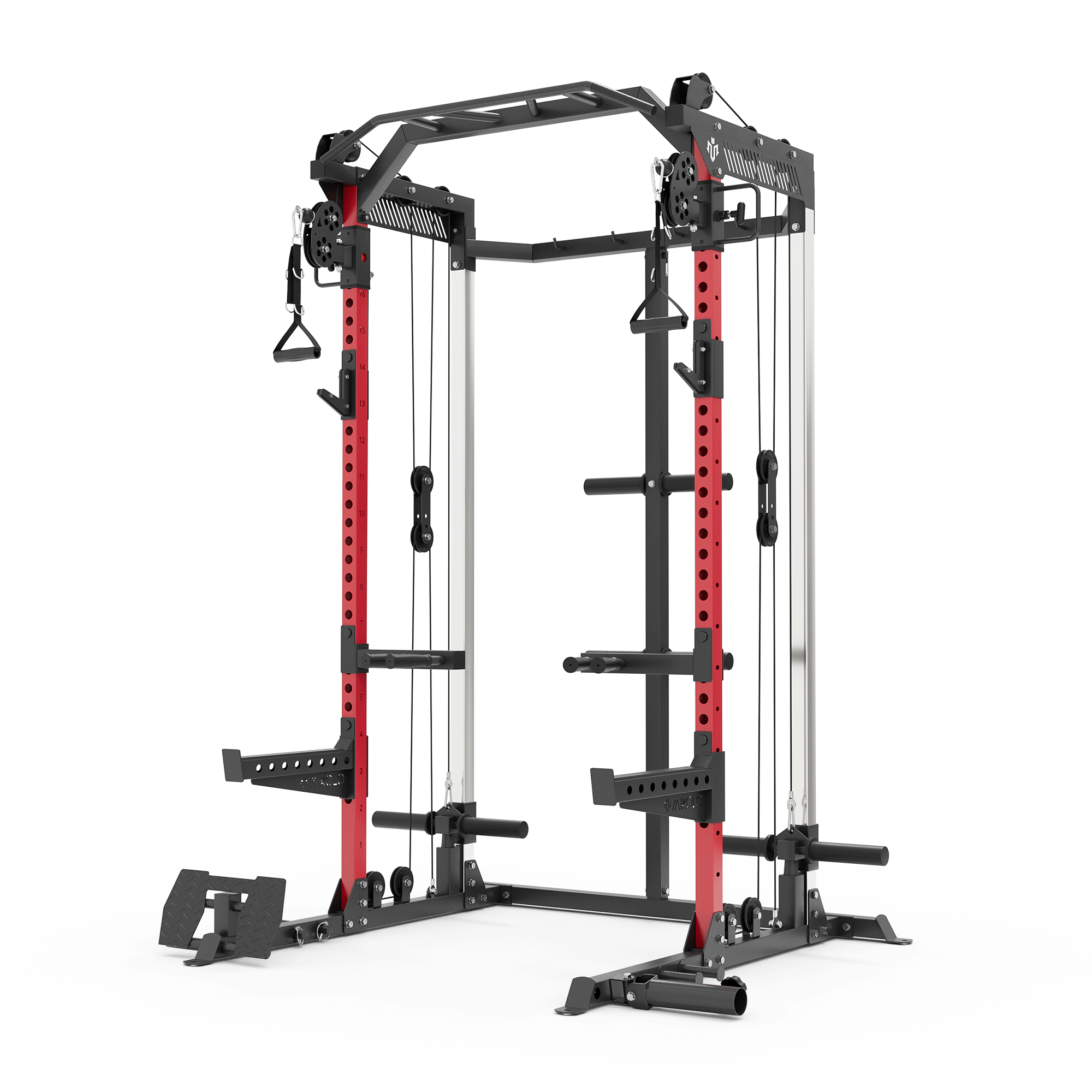
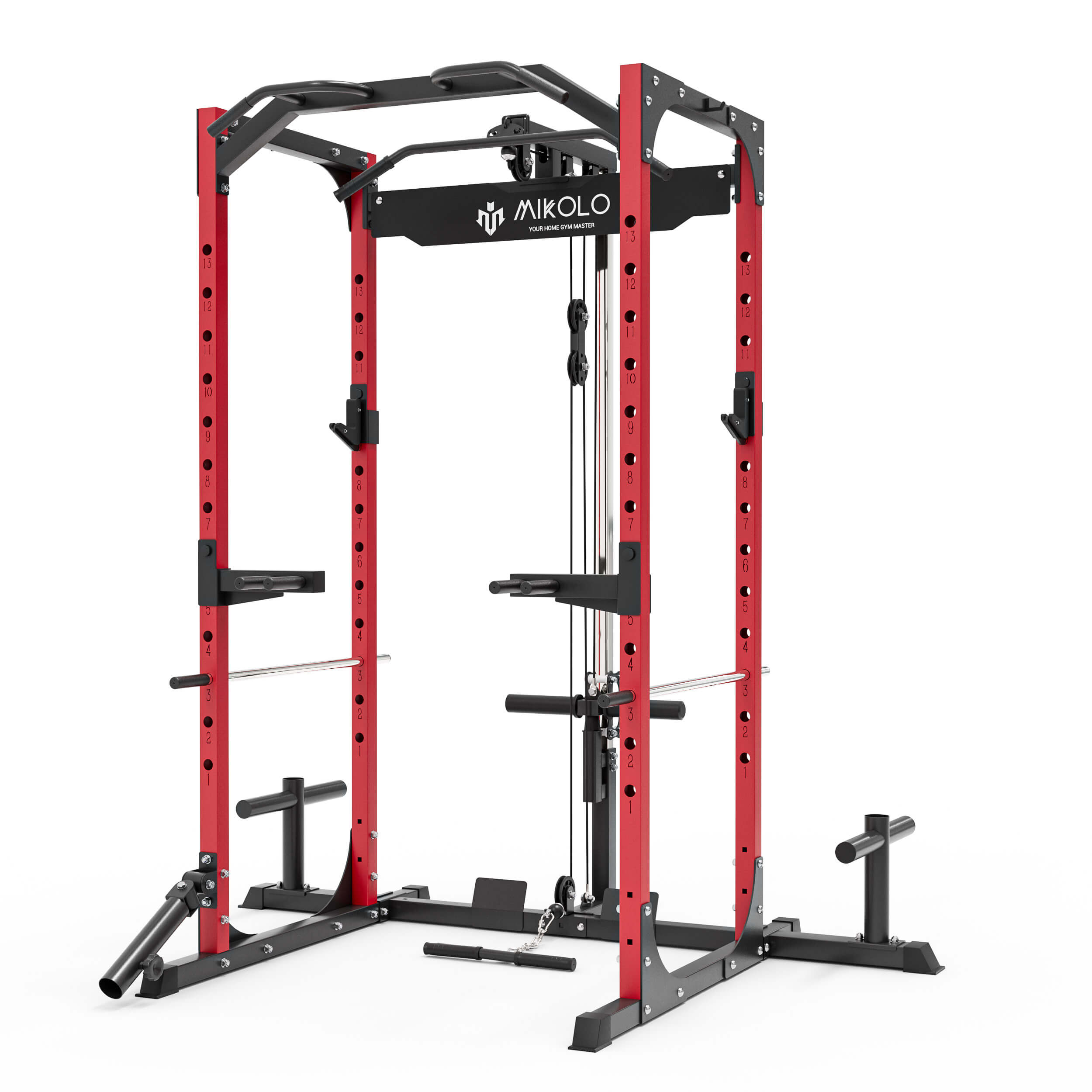




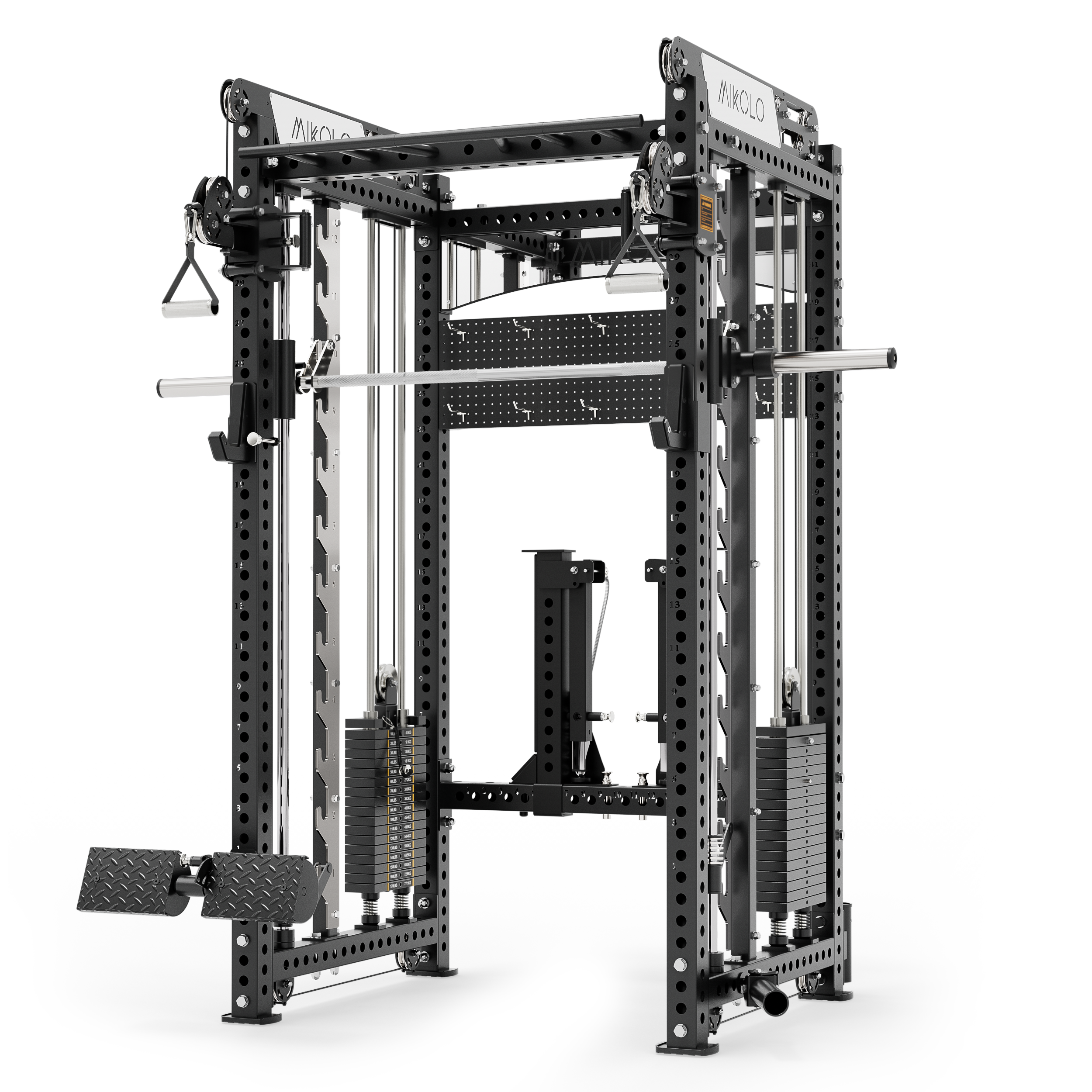
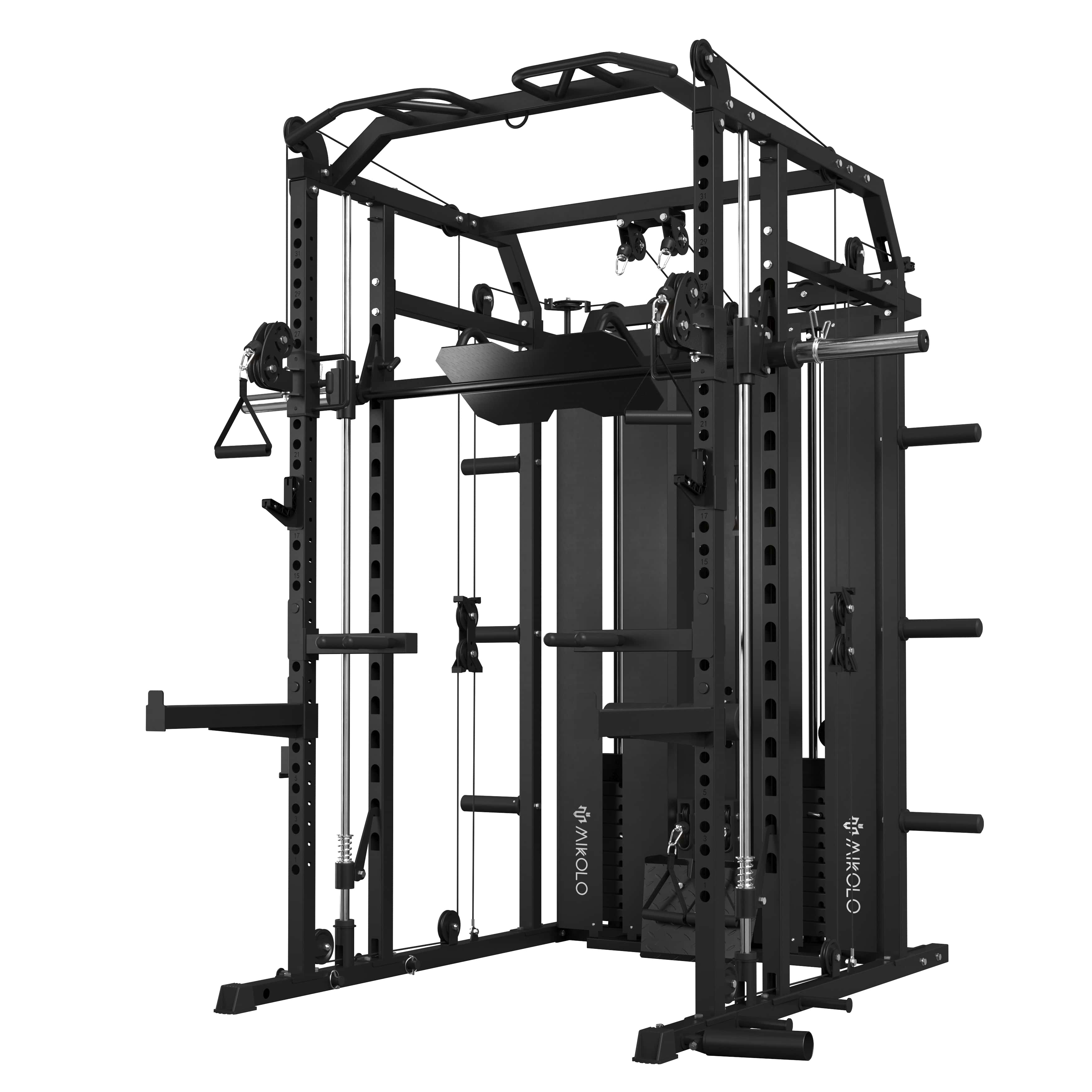
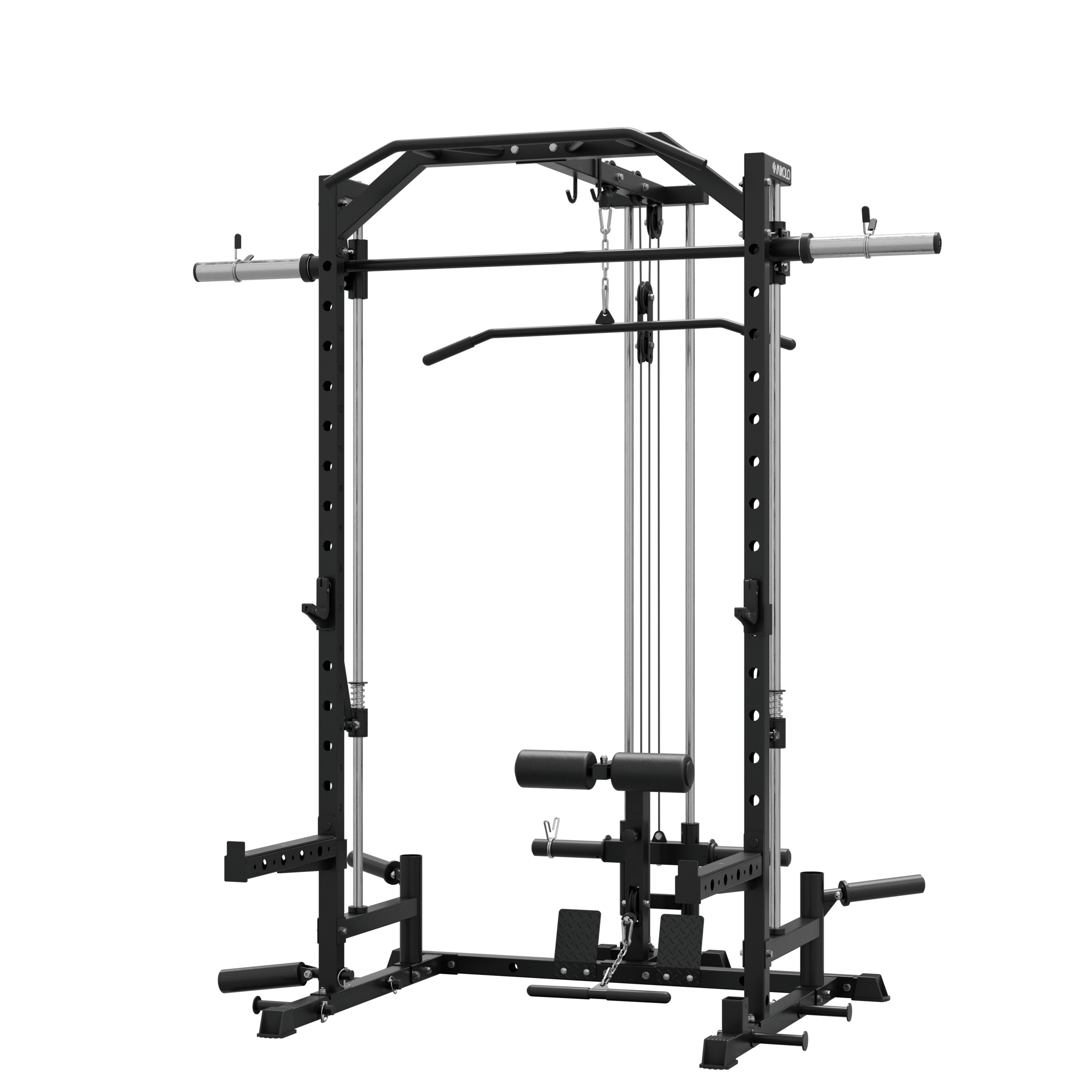
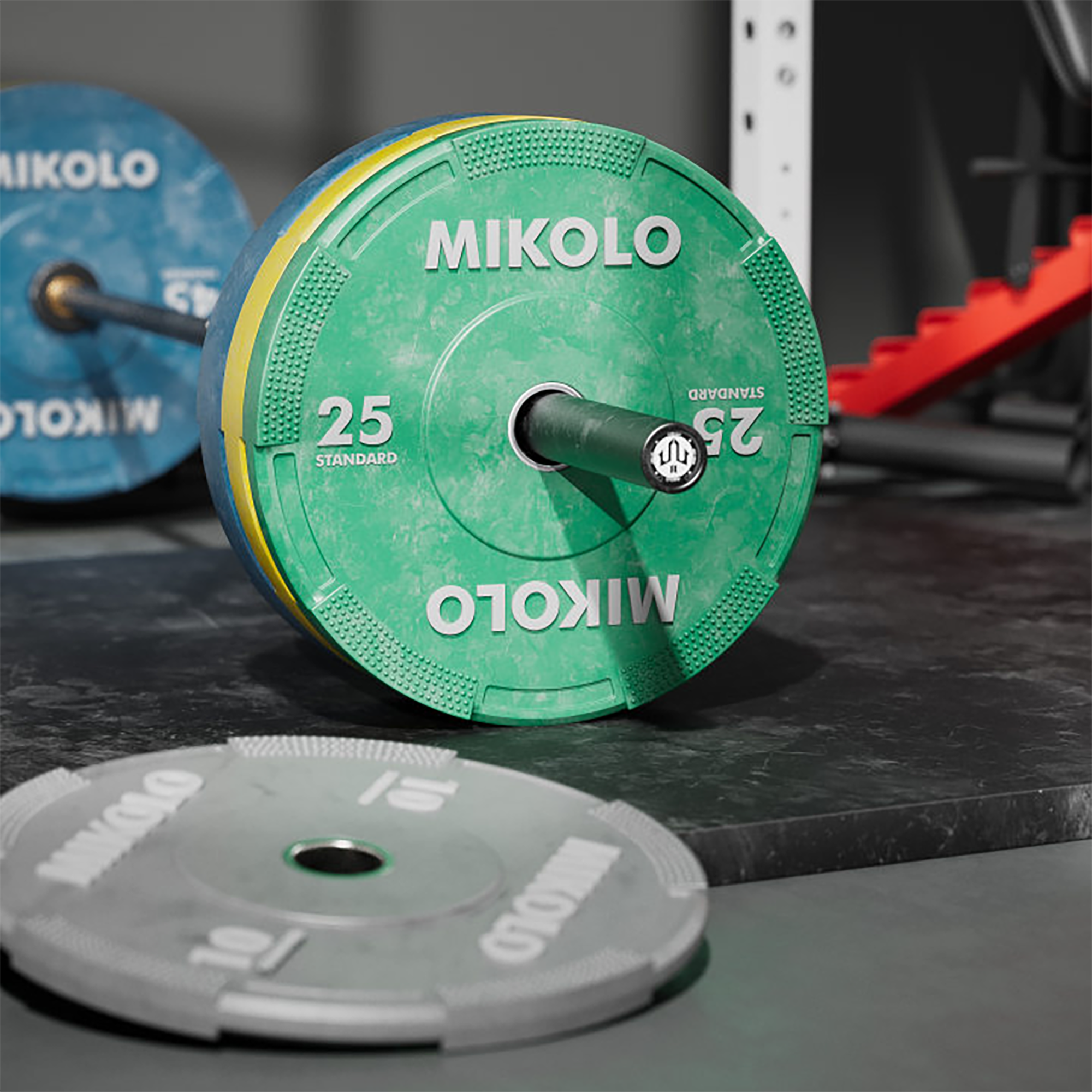


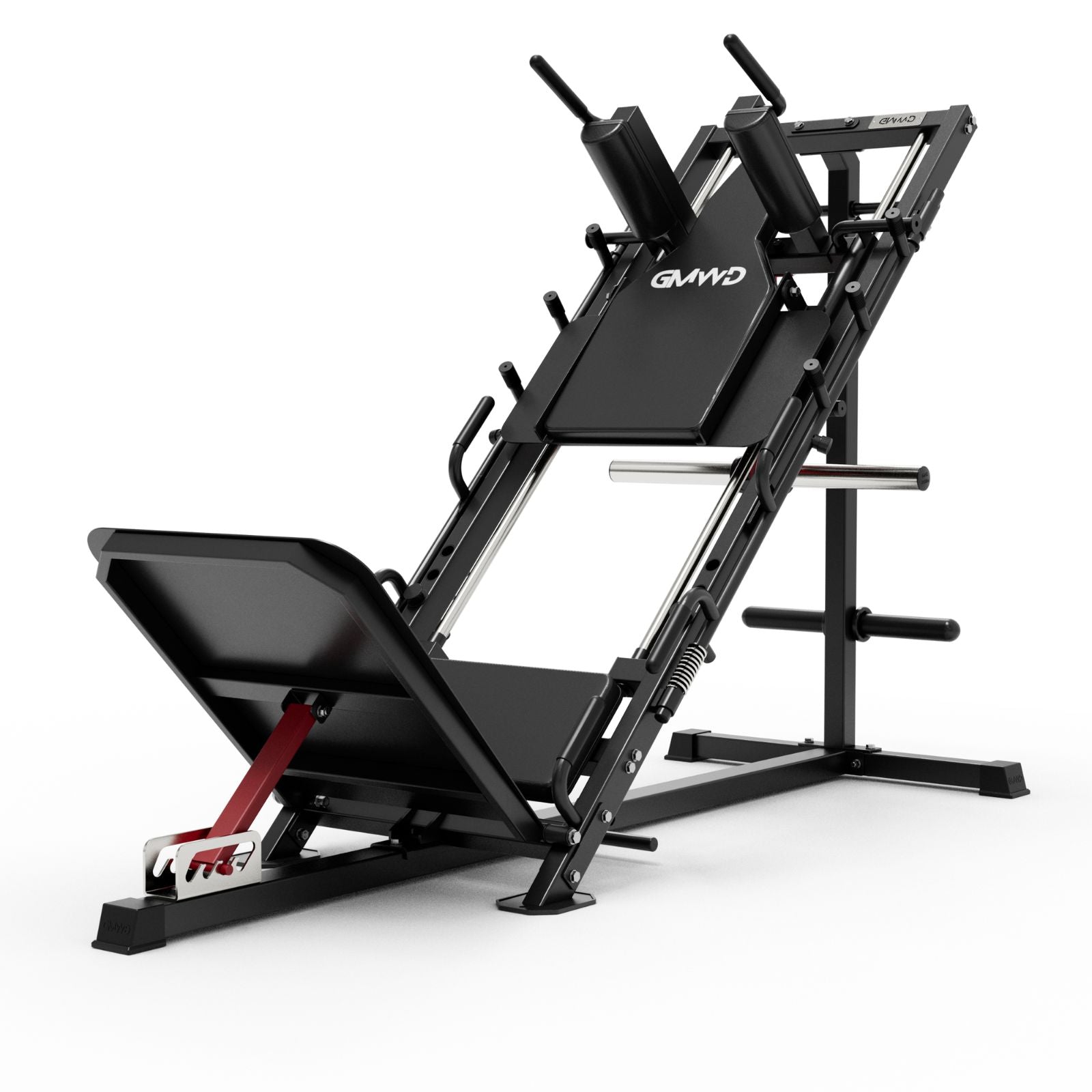


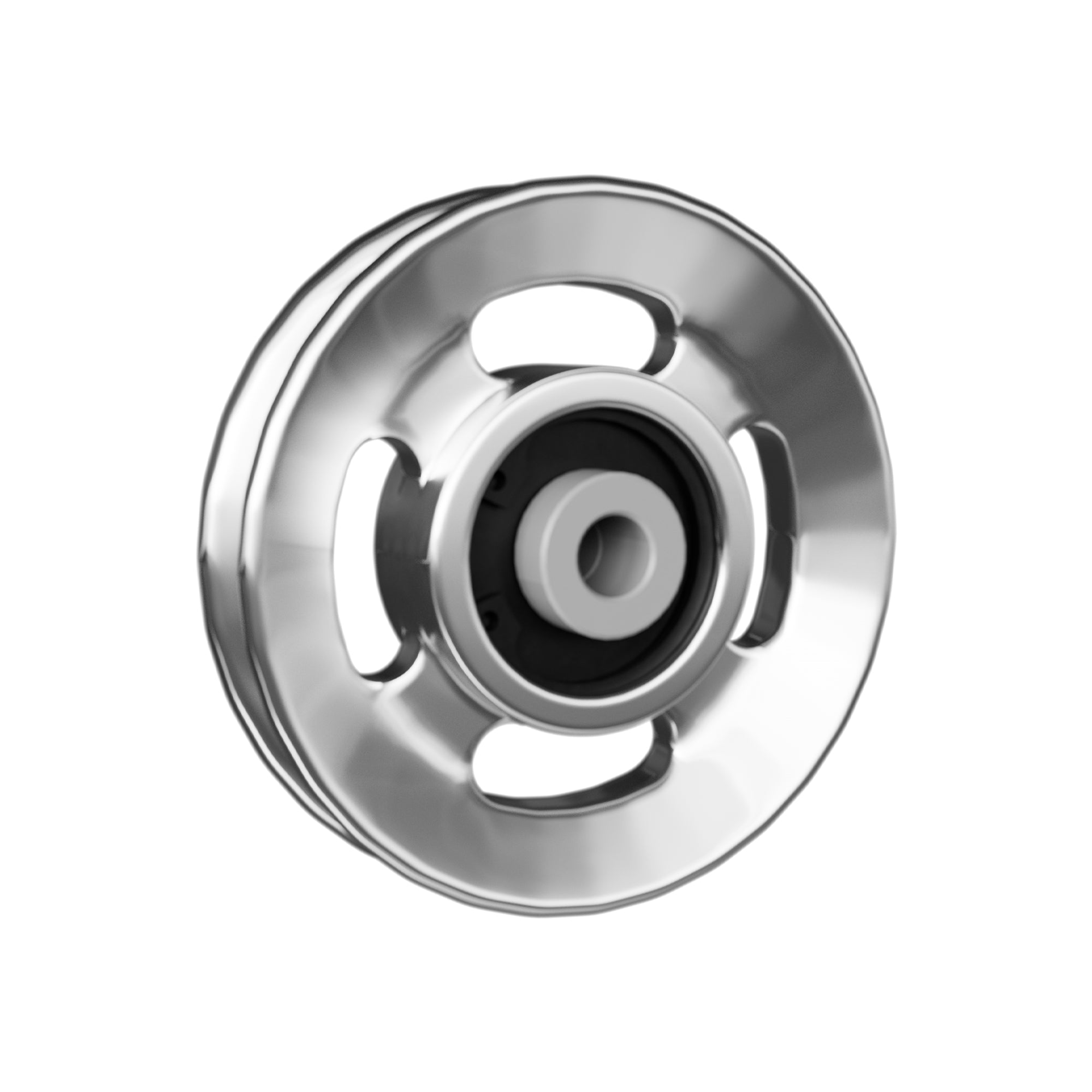
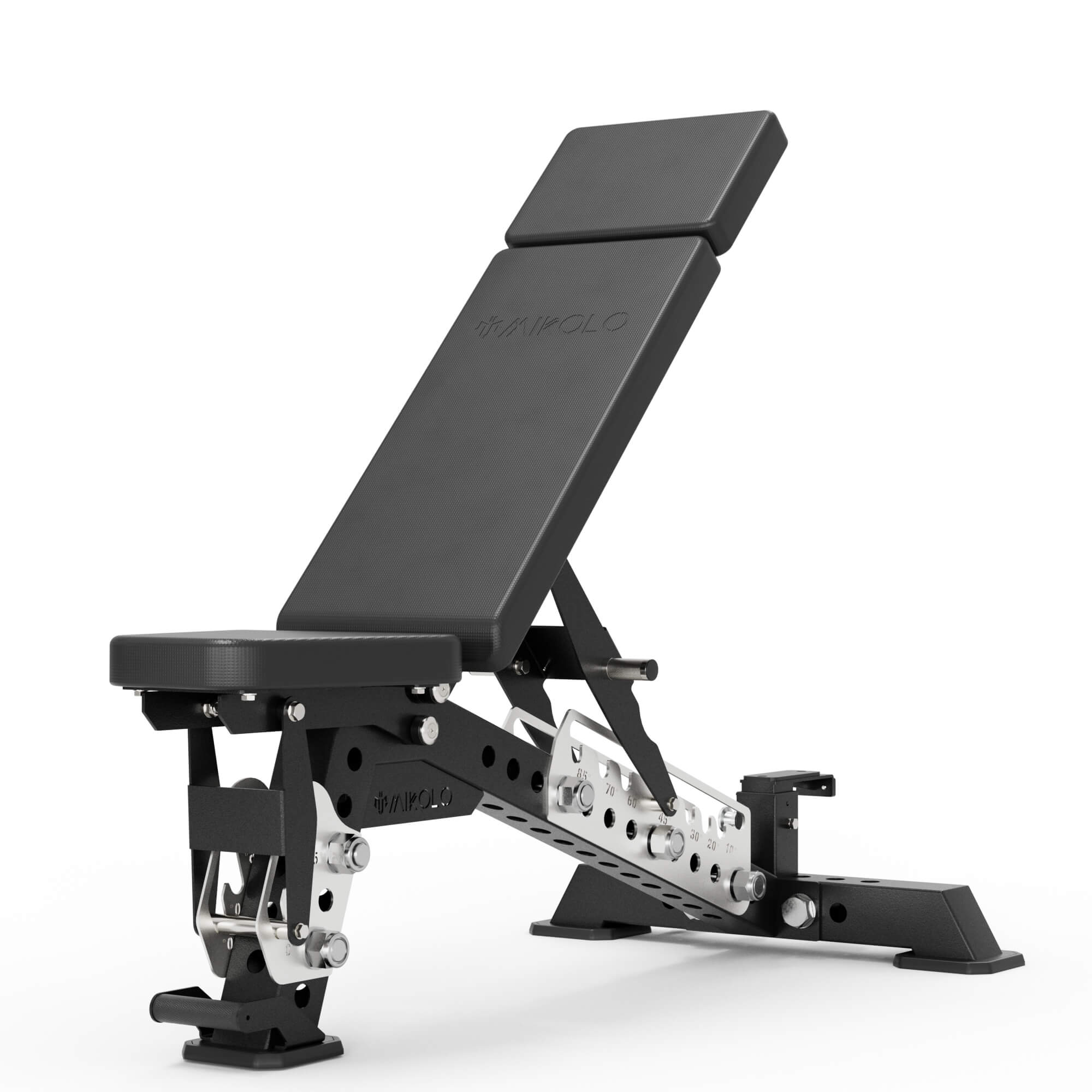
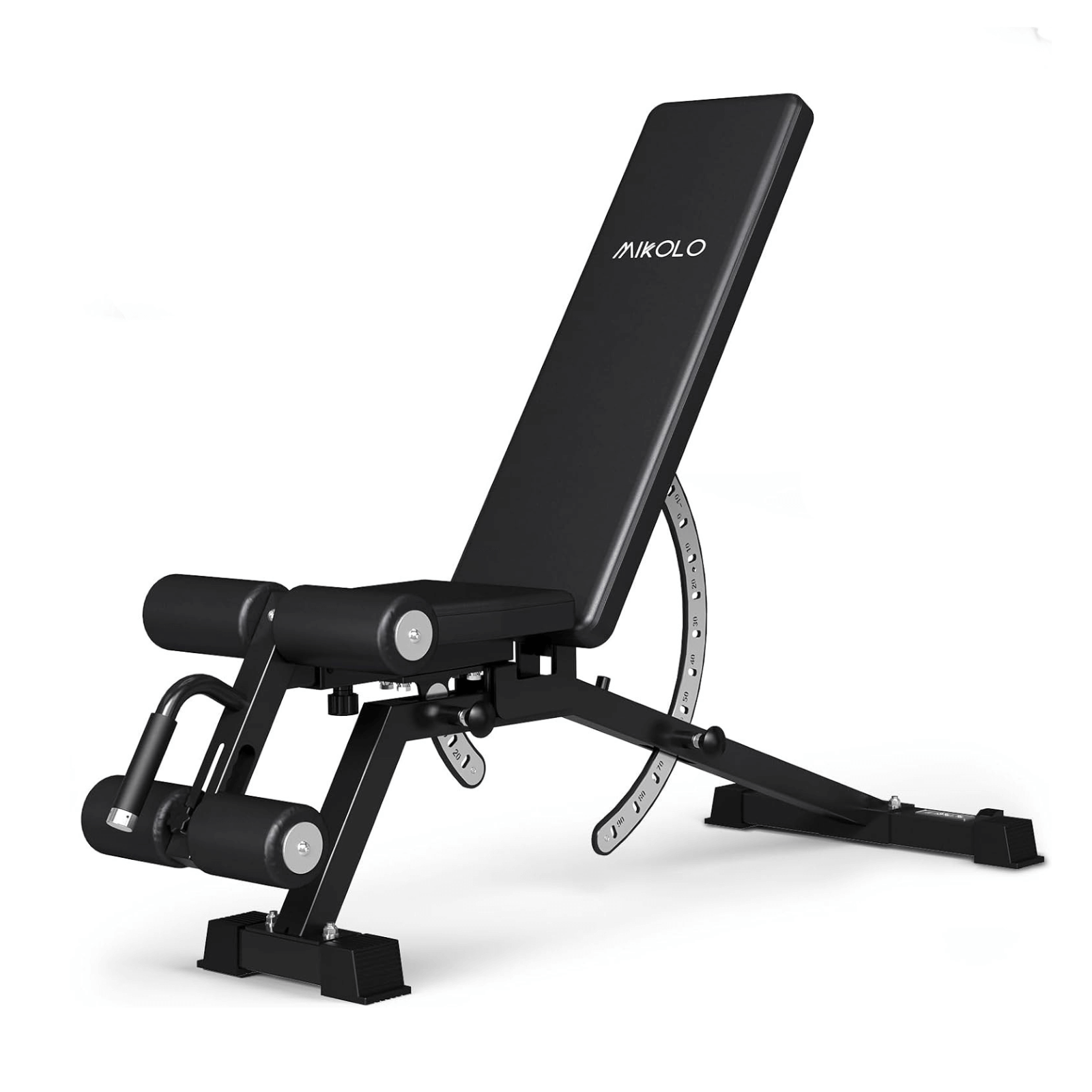

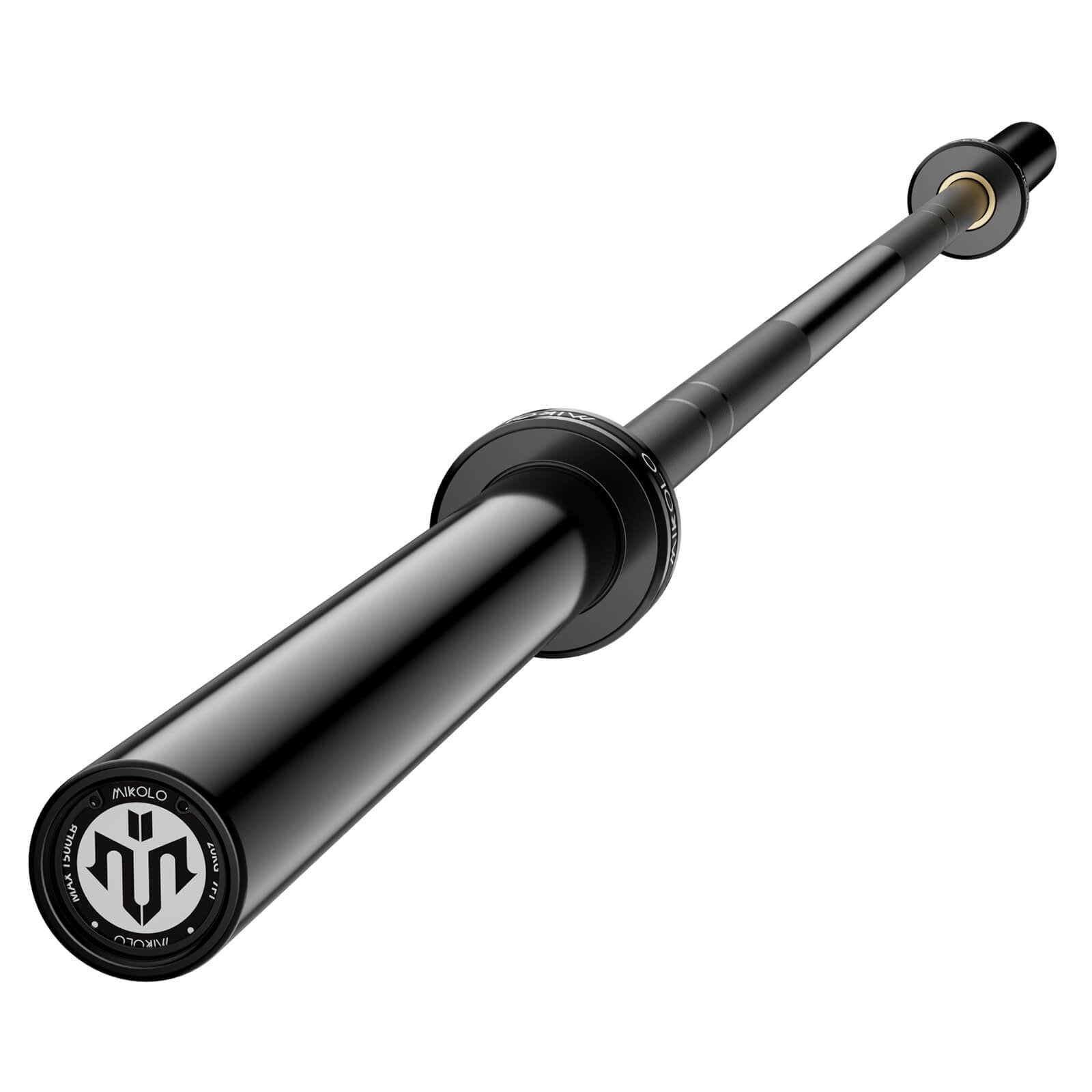
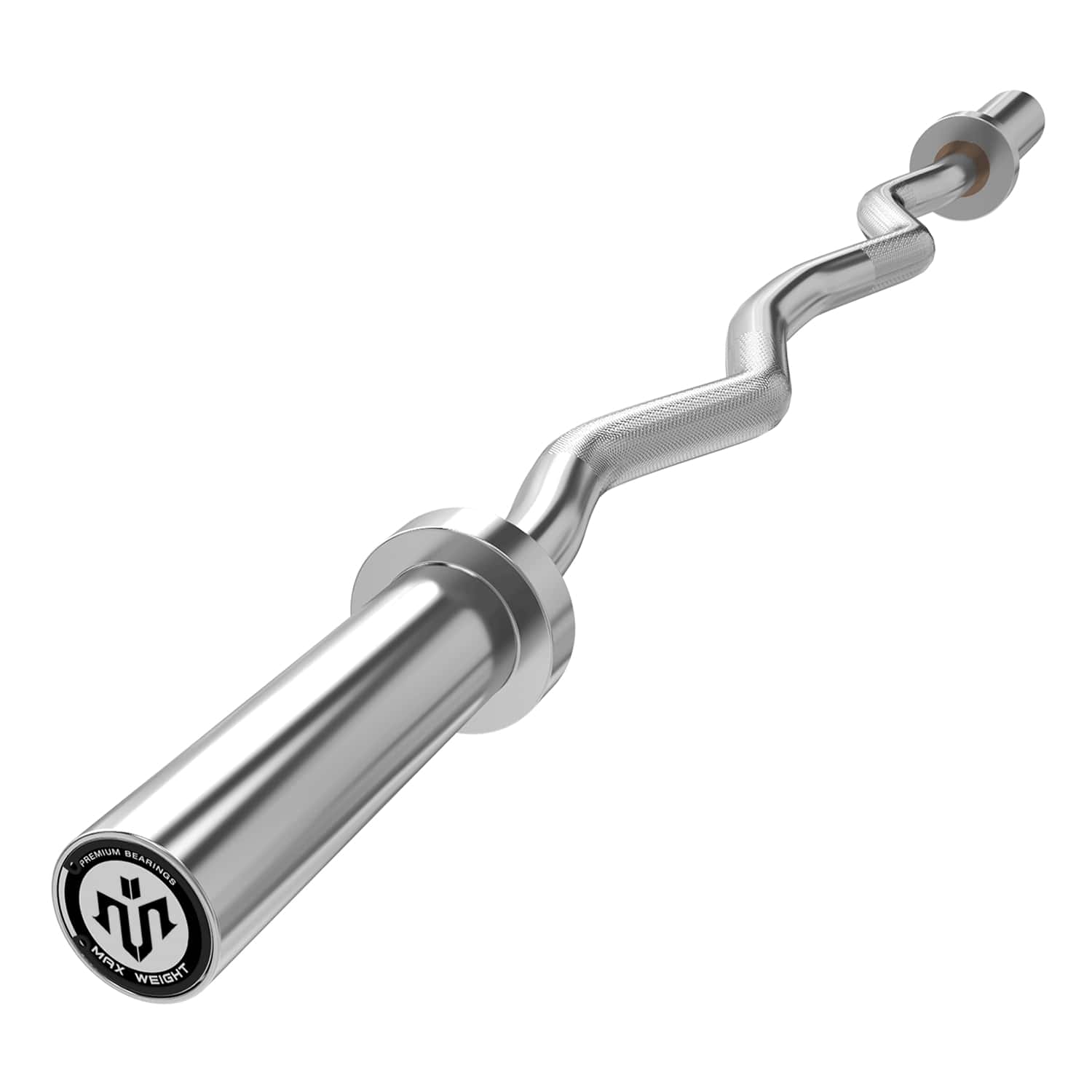
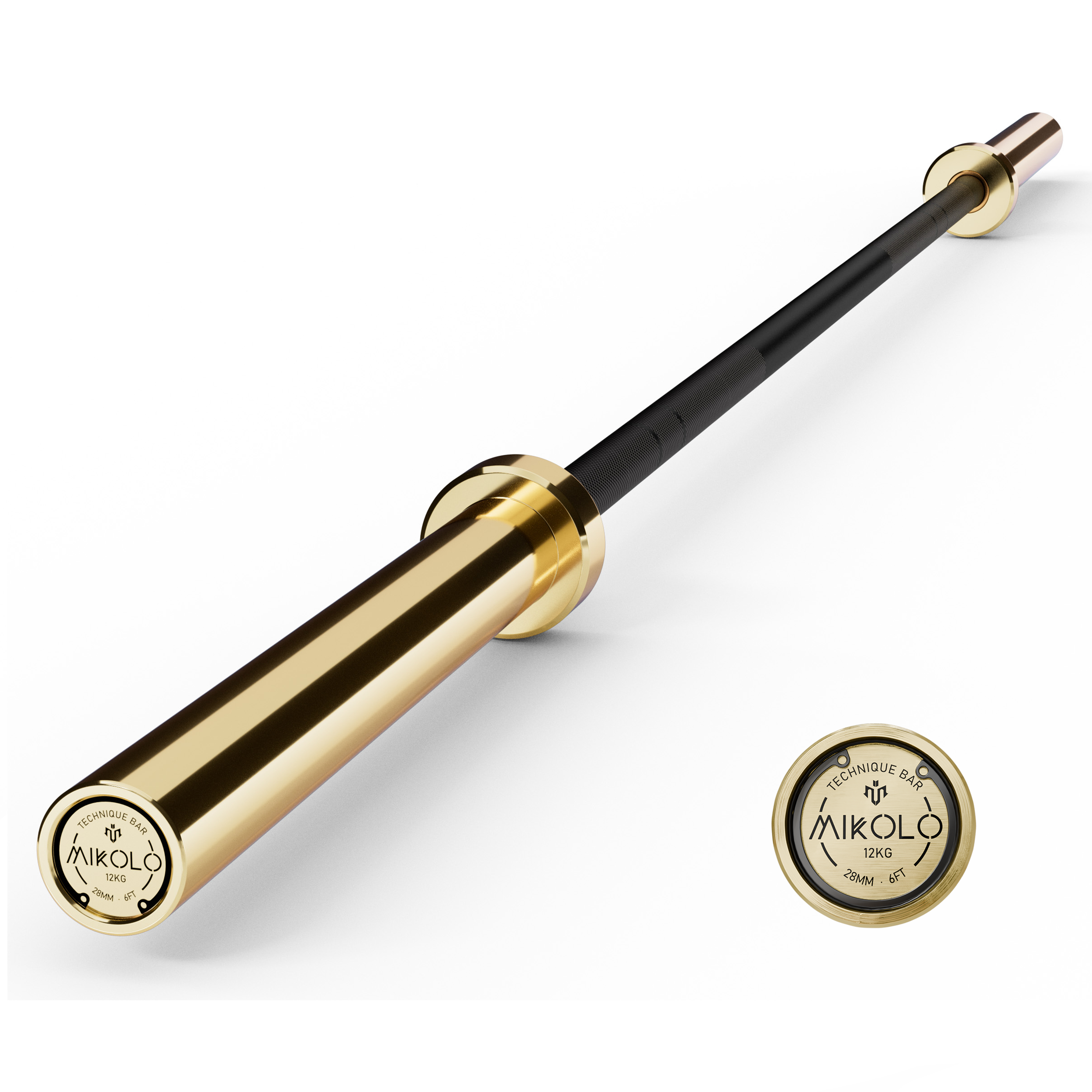
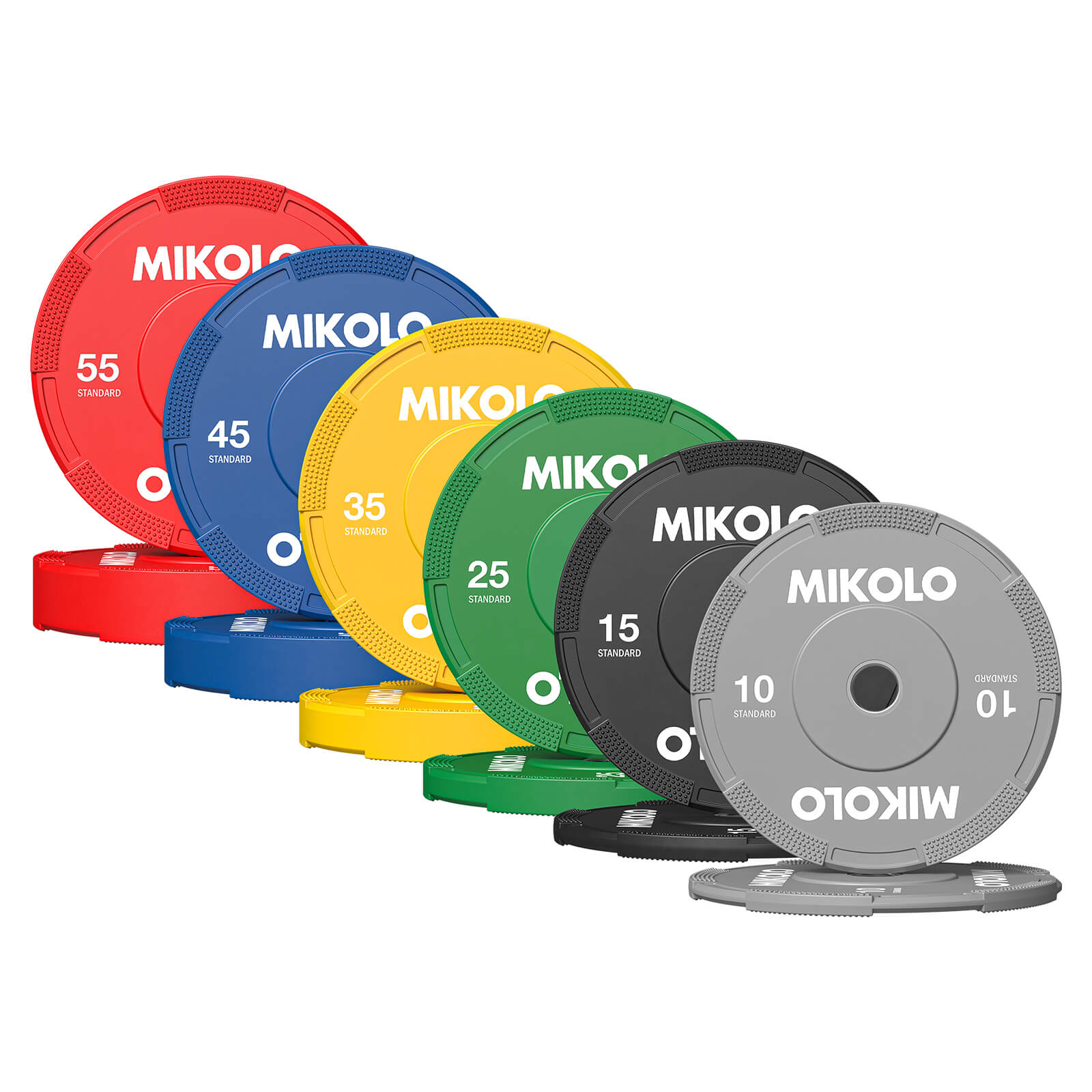
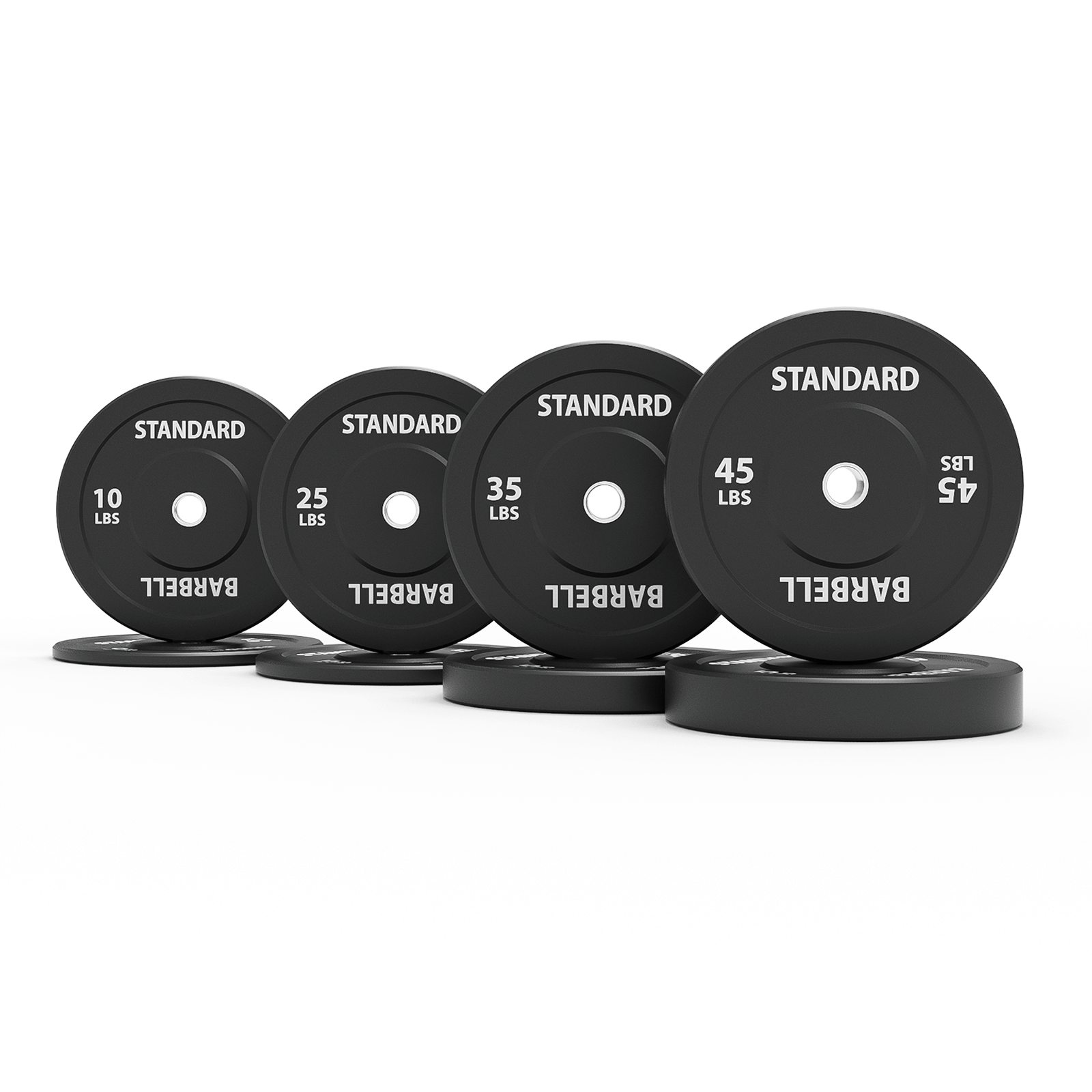
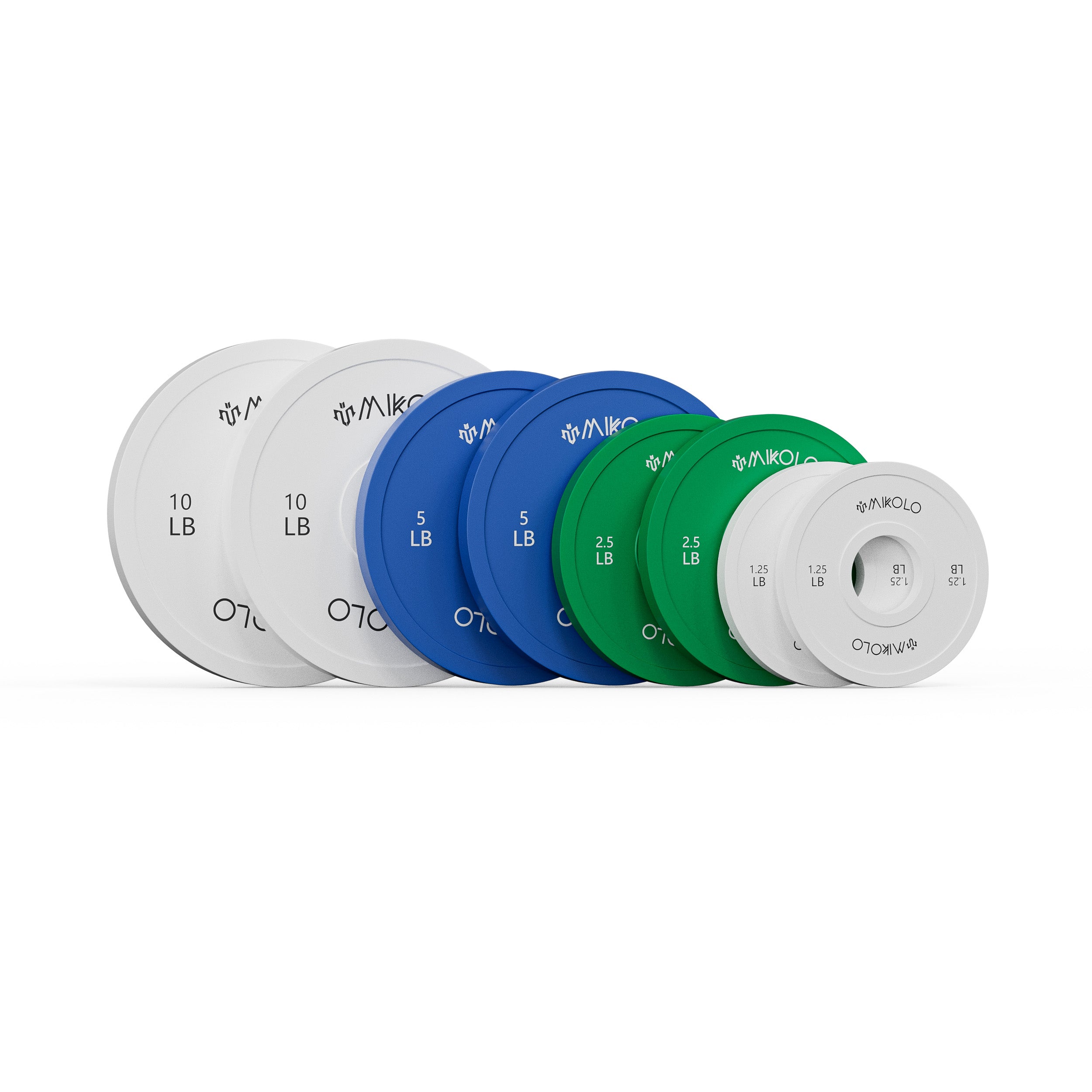

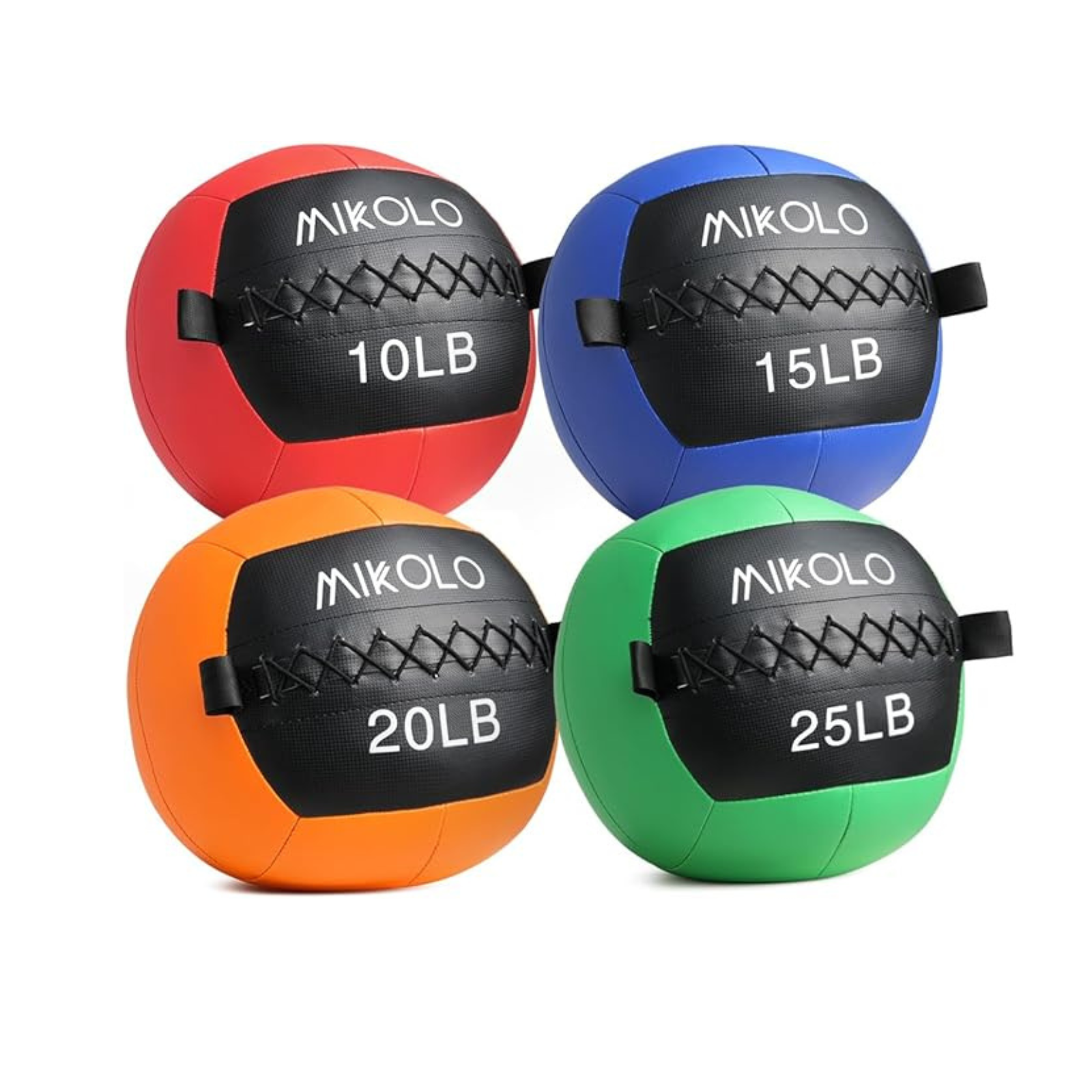
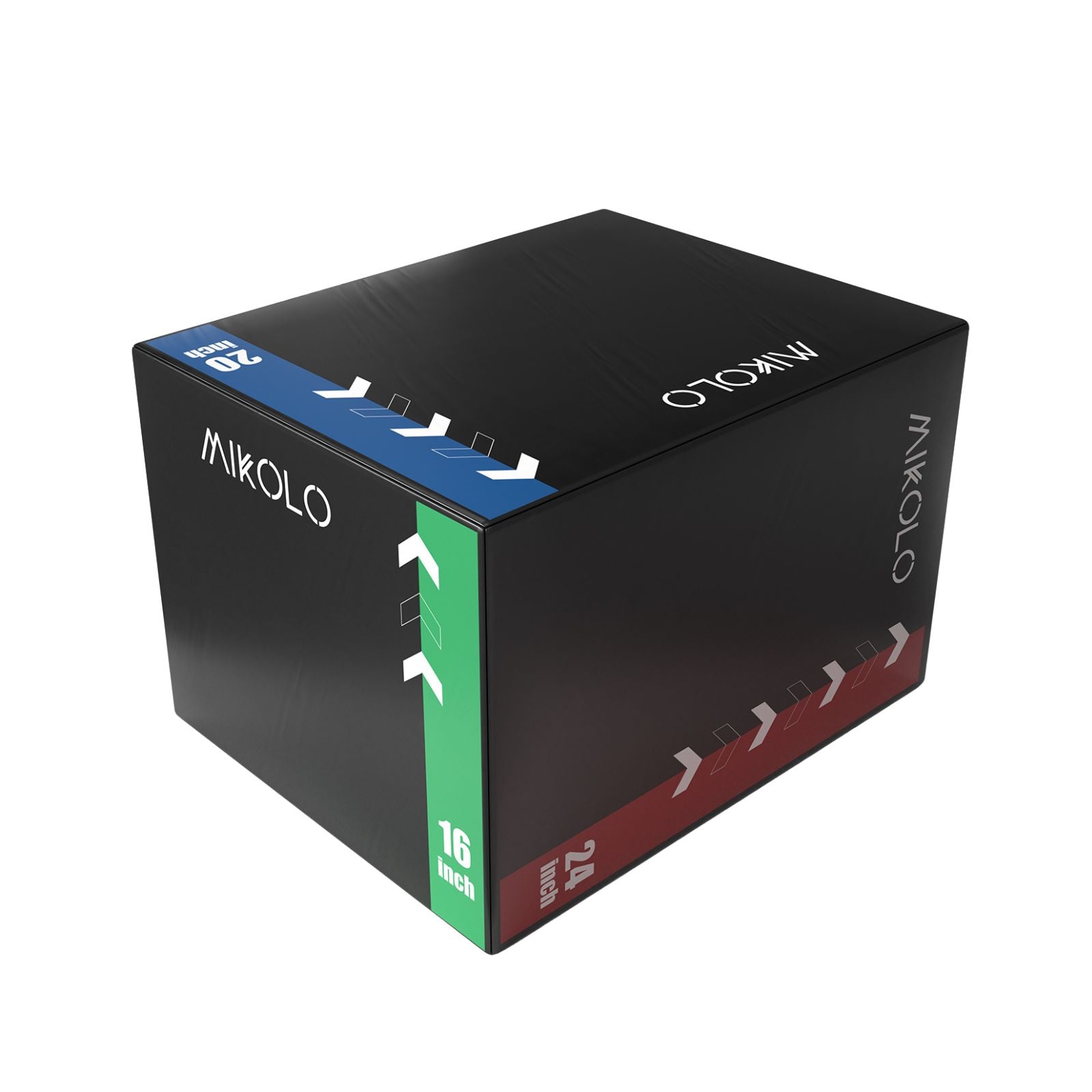
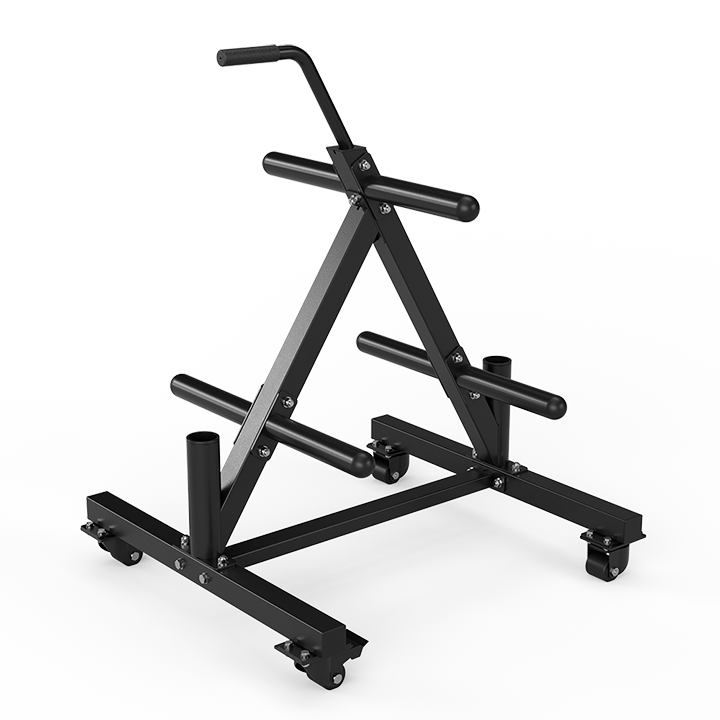
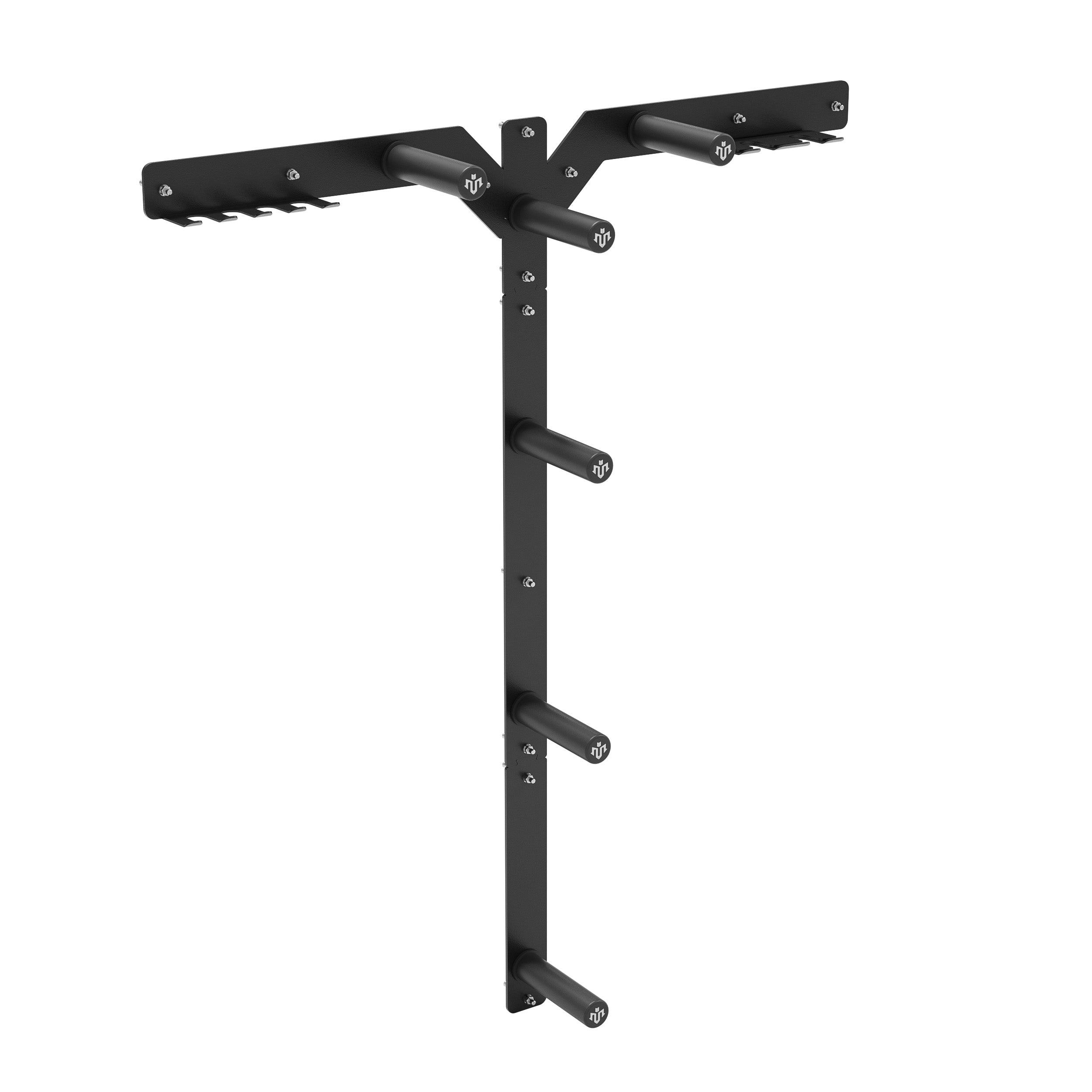




Leave a comment
This site is protected by hCaptcha and the hCaptcha Privacy Policy and Terms of Service apply.